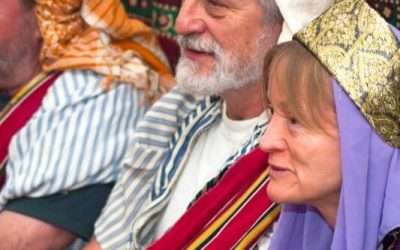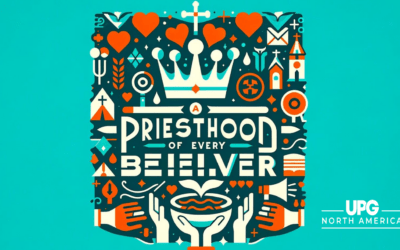Mastering the Five T’s: Key Stewardships for Catalyzing Movements
As ambassadors of Christ’s Great Commission, we are called to be strategic and intentional in our efforts to reach the unreached with the transformative power of the Gospel. In this sacred pursuit, the role of a Strategy Coordinator emerges as a vital catalyst, igniting and sustaining spiritual movements that empower local believers to take ownership of the core apostolic task.
At the heart of a Strategy Coordinator’s stewardship lies the mastery of what we call the “Five T’s” – a framework that guides our efforts and aligns our resources towards the ultimate goal of seeing God’s glory cover the earth as the waters cover the seas.
- Target: Defining Success
The first “T” stands for “Target,” which answers the critical question: “What is success?” As Strategy Coordinators, we must clearly define the people group or geographical area where the knowledge of God’s glory is lacking. This target should be specific enough to guide our efforts, yet broad enough to encompass a significant segment of the unreached population.
By clearly articulating our target, we establish a clear vision of what we are working towards – the establishment of healthy, indigenous, multiplying churches among that particular people group or place. This clarity of vision becomes the foundation upon which we build our strategy and allocate our resources.
- Tools: Contextualized Engagement
Once our target is defined, we must identify the appropriate “Tools” – the methods and approaches that will effectively engage our chosen people group with the Gospel message. These tools encompass the full spectrum of the apostolic task, from entry strategies to gospel proclamation, discipleship pathways, church formation, and leadership development.
The key is to contextualize these tools to the unique cultural and sociological landscape of our target, ensuring that our methods resonate with the people we are seeking to reach. This requires diligent research, cultural awareness, and a willingness to adapt our approaches to the needs of the specific community.
- Teaming: Collaborative Synergy
No Strategy Coordinator can fulfill the Great Commission alone. The third “T” – “Teaming” – emphasizes the importance of collaborative partnerships and strategic networking. We must identify like-minded individuals, churches, and organizations who share our vision and are willing to join forces in reaching our target.
Effective teaming involves building relationships, leveraging resources, and fostering a spirit of unity and mutual support. It means recognizing that we are all part of the same team, working towards the same goal – the advancement of God’s kingdom among the nations.
- Training: Multiplying Impact
The fourth “T” – “Training” – addresses the critical question: “How do we multiply?” As Strategy Coordinators, our ultimate goal is not merely to see first-generation believers or churches, but to catalyze a self-sustaining movement that continues to multiply and expand long after our initial involvement.
To achieve this, we must prioritize training and empowering local believers to take ownership of the apostolic task. This involves implementing culturally relevant training pathways that equip indigenous leaders to carry the movement forward, ensuring that the Gospel fire continues to spread from heart to heart, community to community.
- Tracking: Measuring Progress
Finally, the fifth “T” – “Tracking” – holds us accountable by answering the question: “How are we doing?” Through regular monitoring and evaluation, we can assess our progress, identify areas for improvement, and make necessary adjustments to our strategy.
Tracking involves monitoring key benchmarks, such as the number of new believers, generations of disciples, and the emergence of indigenous leadership. It also involves fostering a culture of accountability, where we openly receive feedback and coaching, recognizing that our ultimate aim is to see God’s glory manifested, not to elevate our own achievements.
As we embrace these Five T’s – Target, Tools, Teaming, Training, and Tracking – we position ourselves to be effective catalysts for spiritual movements that transcend our individual efforts. We become vessels through which the Gospel fire spreads, igniting a blaze that will one day cover the earth with the radiant knowledge of God’s glory.
Let us, therefore, commit ourselves to mastering these stewardships, aligning our hearts with the Father’s heart, and embracing the humility to step back when necessary, allowing the indigenous church to take center stage. For in doing so, we participate in the greatest story ever told – the unstoppable advancement of God’s kingdom until every tribe, tongue, and nation has encountered the transformative power of the Gospel.




